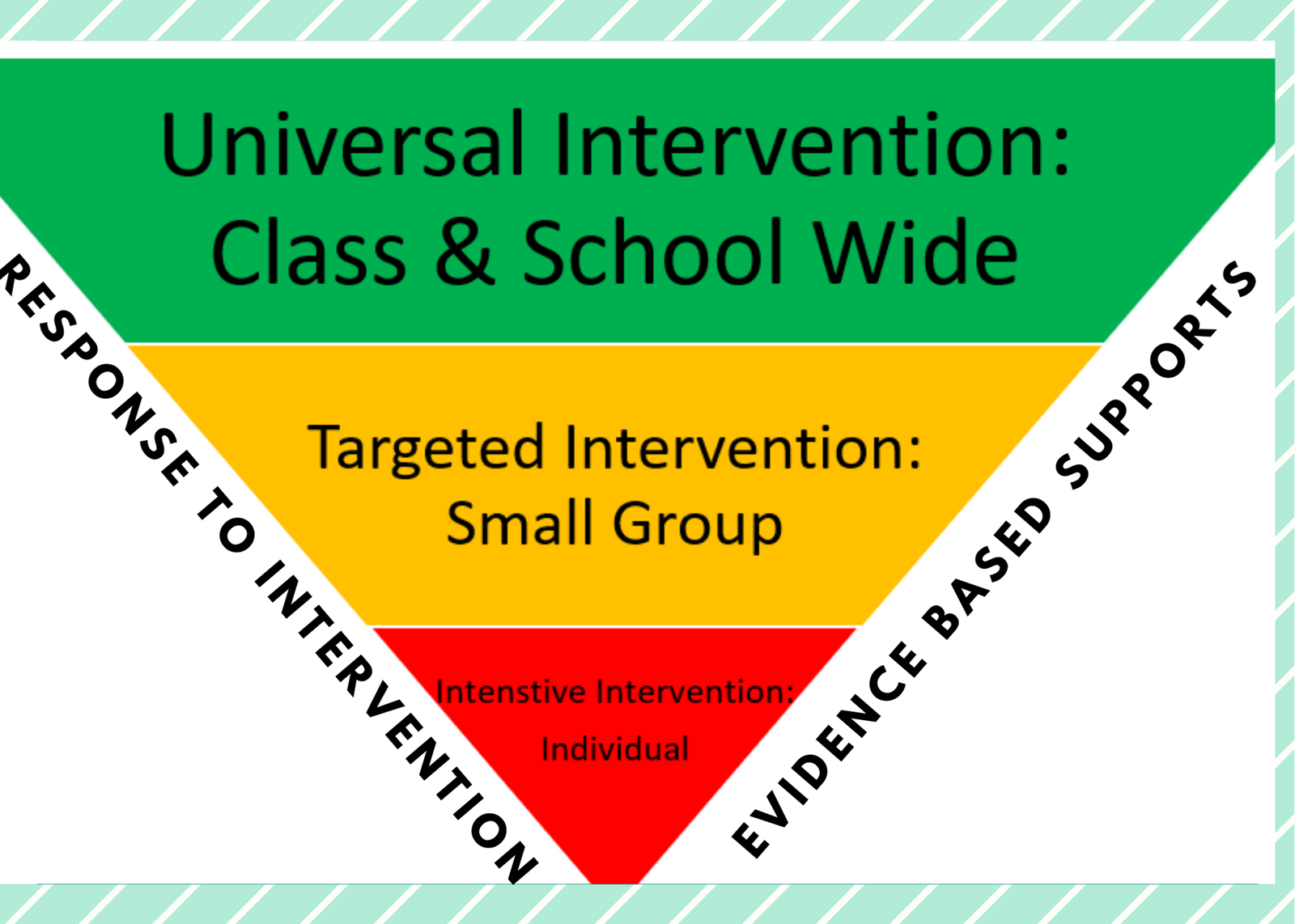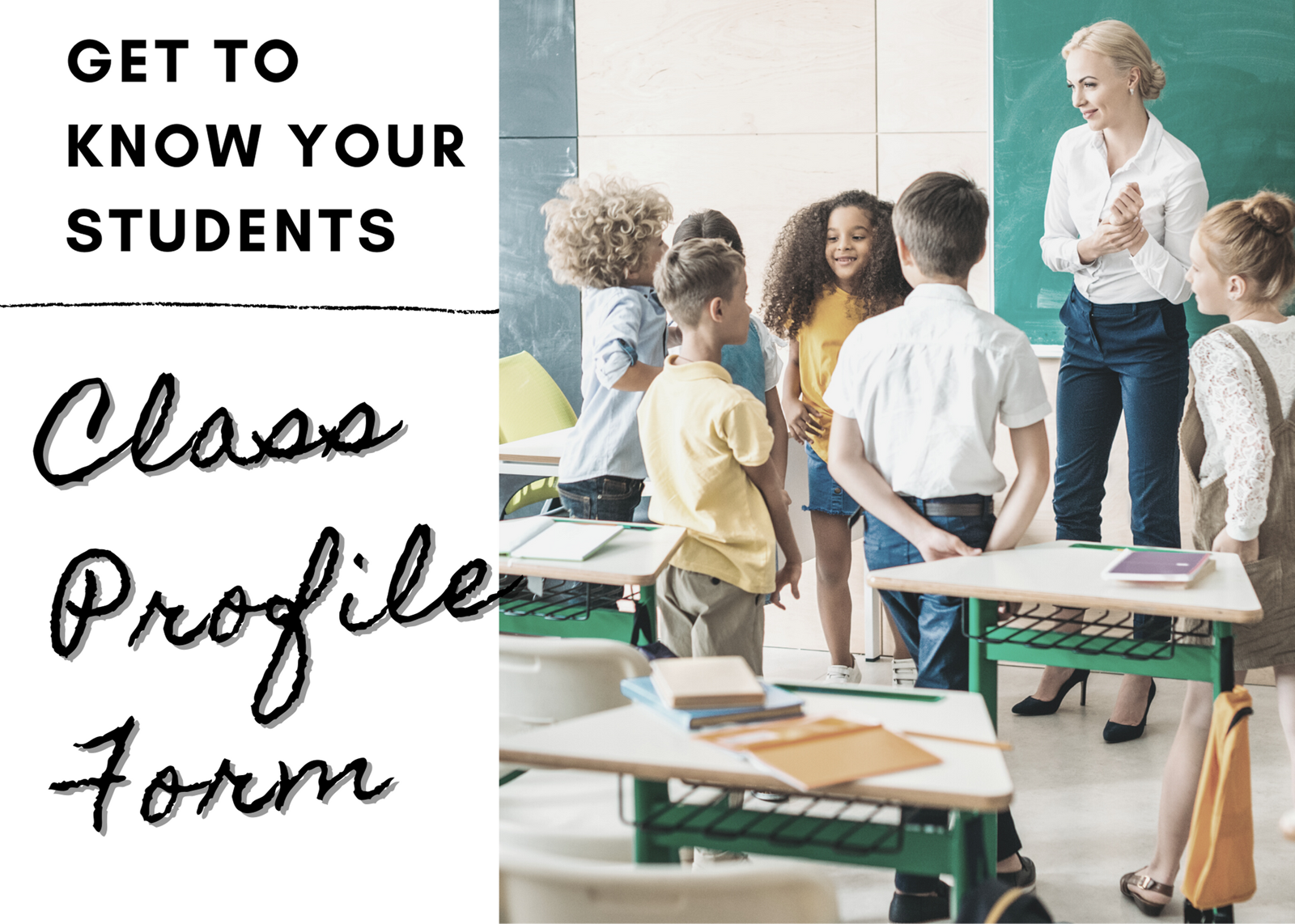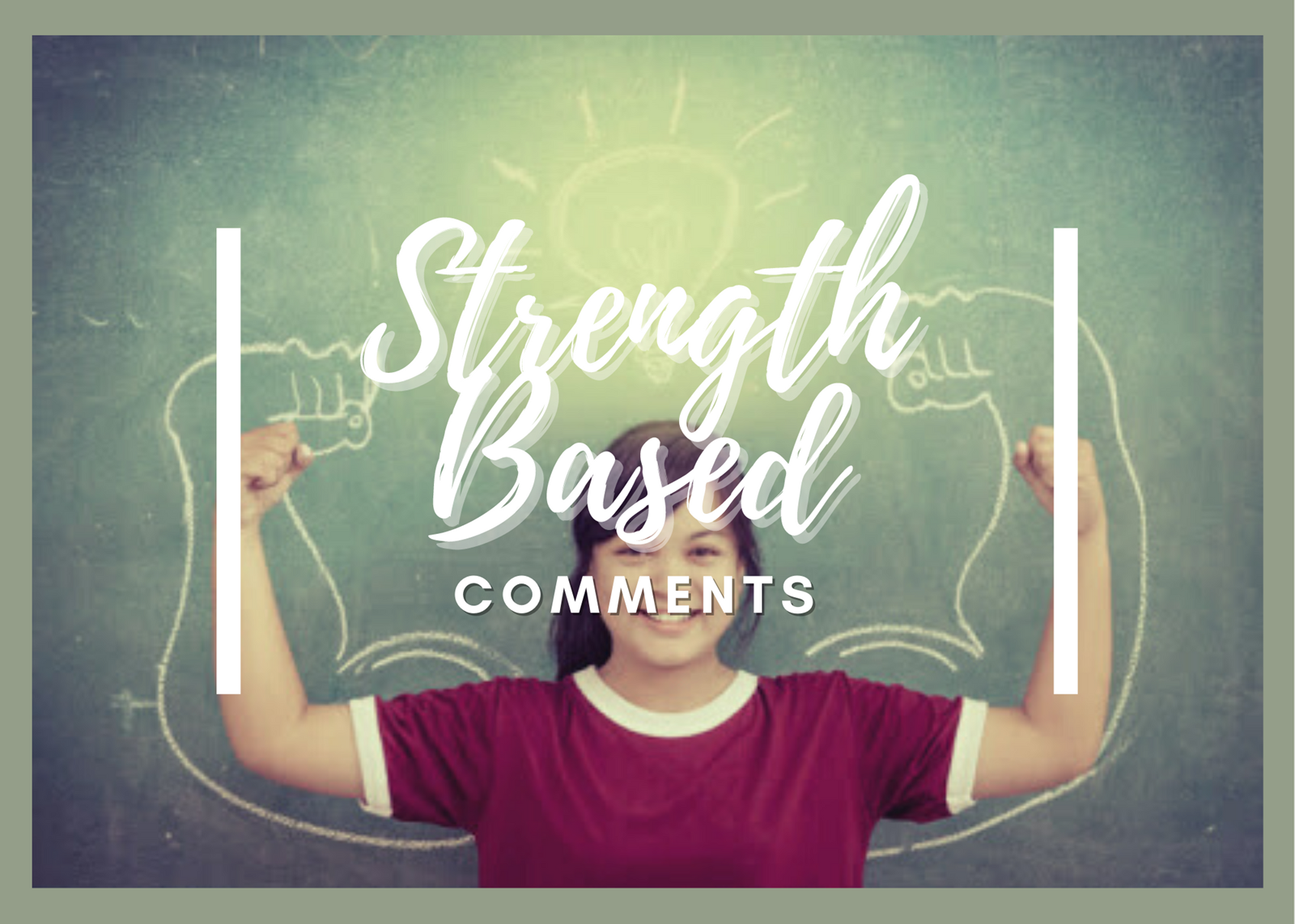Communicate Student Learning
.jpg)
Class Profile
A class profile provides a snapshot of the class’s strengths, challenges, class-wide goals, and individual needs.
Teachers can develop a student dimension inventory (see template) that captures students' specific interests, strengths, necessary supports, and targeted core competencies. This tool is useful in guiding both instruction and assessment strategies.
Strength-Based Comments
Strength-based comments emphasize what students have learned or achieved, identifying strengths and offering specific examples to clarify general statements. These comments align with learning standards, frame difficulties as challenges, and suggest actionable next steps for improvement.
 Response to Intervention - Tier 1,2,3
Response to Intervention - Tier 1,2,3
Response to Intervention (RTI) is a multi-tiered system of support for all learners, particularly those in need of support. Ultimately, RTI is a school-wide prevention system that focuses on identifying, teaching and monitoring students experiencing difficulties.
Types of Communicating Student Learning
 Point of Contact
Point of Contact
These are scheduled points when teachers share specific updates on a student’s progress. Communication should clearly explain how the student is performing relative to the course or subject, using the provincial proficiency scale. Formats can include:
- Teacher-created rubrics
- Portfolios
- Emails
- Phone calls
 Student Learning Conferences
Student Learning Conferences
Student Learning Conferences involve teachers, students, and parents collaborating to showcase the student’s progress. These meetings help parents understand their child’s overall development and achievements.
 MyEd BC Written Reports
MyEd BC Written Reports
Throughout the year, Written Learning Updates and the Summary of Learning will be shared via MyEdBC.
- Elementary and middle schools will provide two Learning Updates, followed by a Summary of Learning at the end of the school year.
- Secondary schools will issue one Learning Update midway through each semester and a Summary of Learning at the semester's end.
Triangulate Evidence of Student Learning
Conversations | Products | Observations |
|---|---|---|
|
|
|
Primary and Middle Reporting Schedule
Date/Month | Type of Contact | Reporting Parameters |
|---|---|---|
End of September | Point of Contact |
|
November 1 | Student Learning Conferences |
|
Dec 4 (Submitted for Review) | First Written Learning Update (MyEDBC report card) |
|
Dec 18-20 (Sent Home) | ||
March 12 (Submitted for Review) | Second Written Learning Update (MyEDBC report card) |
|
Week of April 9-11 (Sent Home) | ||
May 1 | Student Learning Conferences |
|
June 12 (Submitted for Review) June 26 (Sent Home) | MyEdBC Summary of Learning |
|
____________________________________________________________________
Secondary Reporting Schedule
Date/Month | Type of Contact | Reporting Parameters |
|---|---|---|
November 1 | Student Learning Conferences |
|
| November 13 - Submitted to the office | Semester 1 MyEDBC Written Learning Update |
|
| February 3 - Submitted to the office | Semester 1 MyEdBC Summary of Learning |
|
May 1 - Submitted to the office | Semester 2 MyEDBC Written Learning Update |
|
| June 26 - Submitted to the office | Semester 2 MyEdBC Summary of Learning |
|






